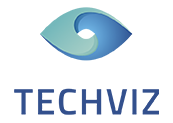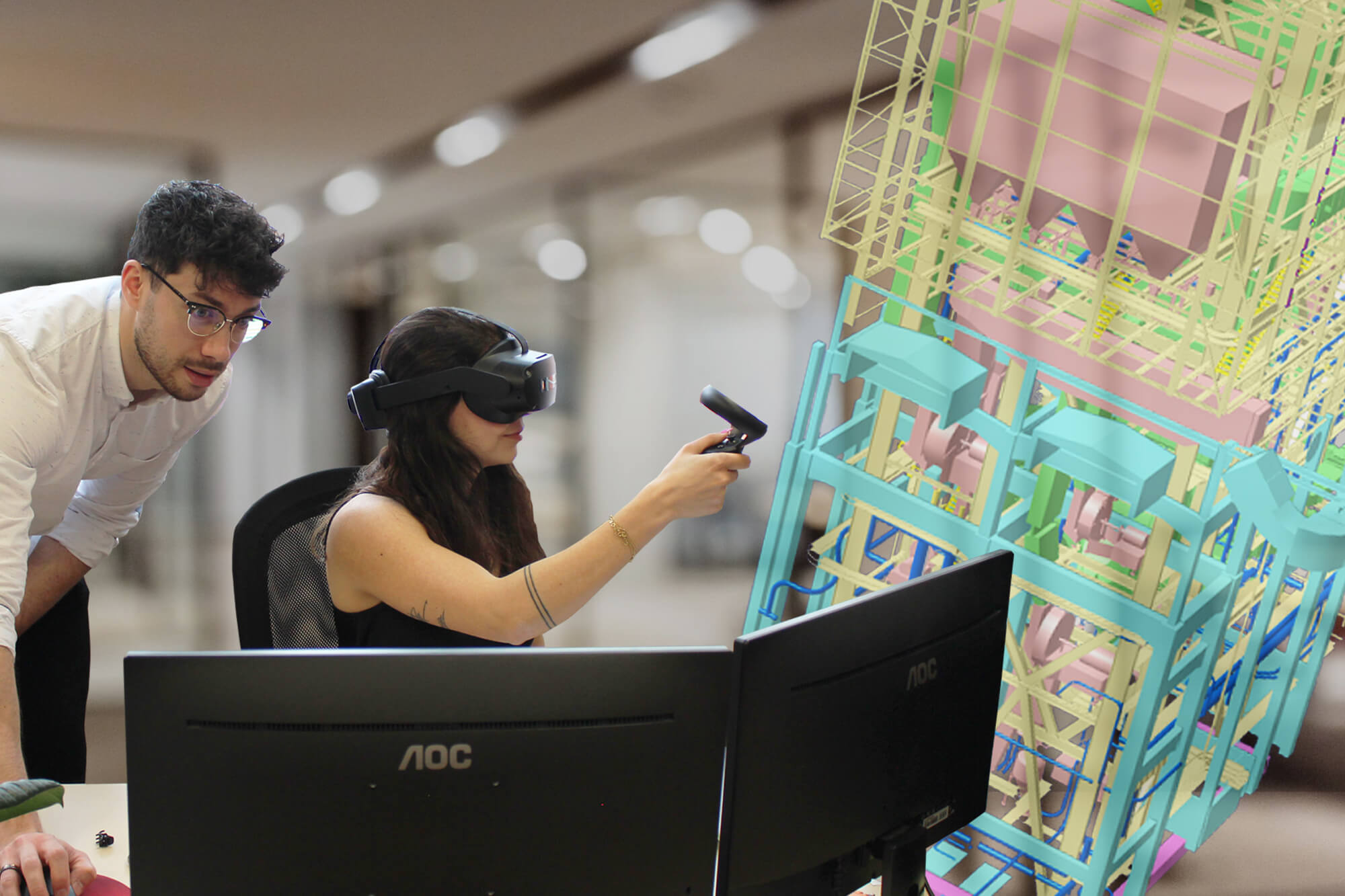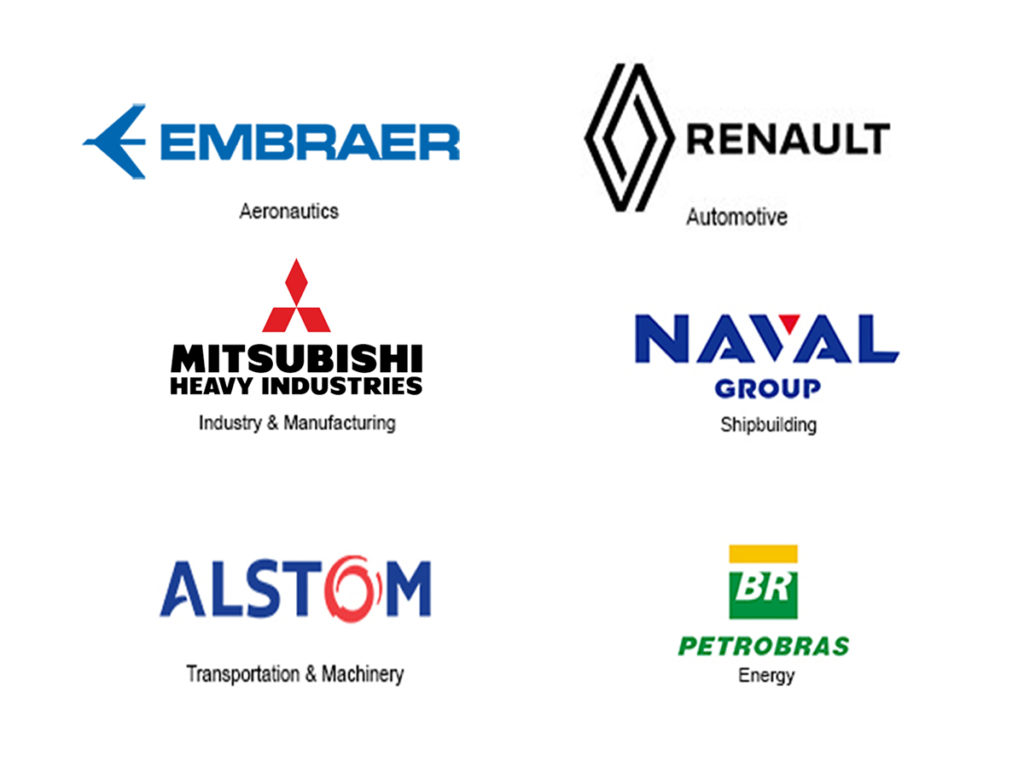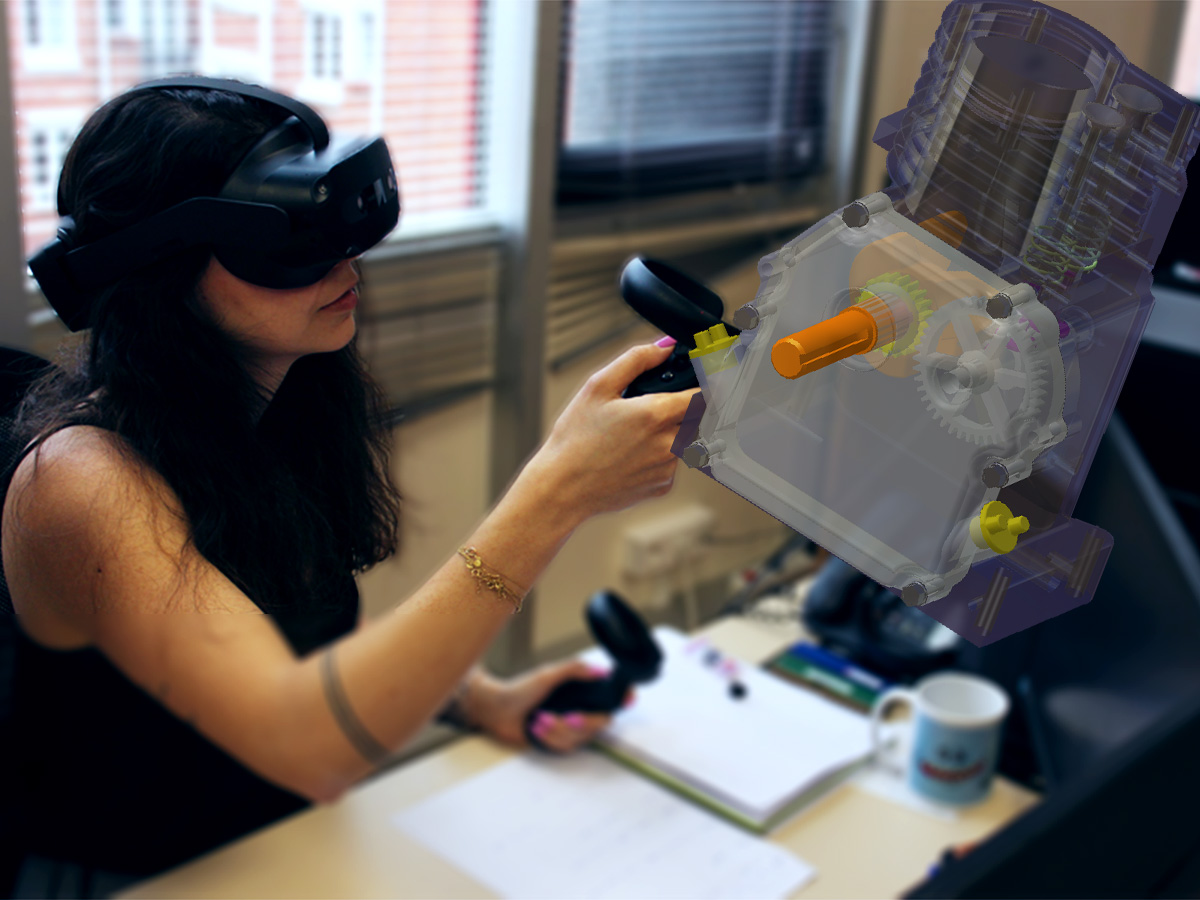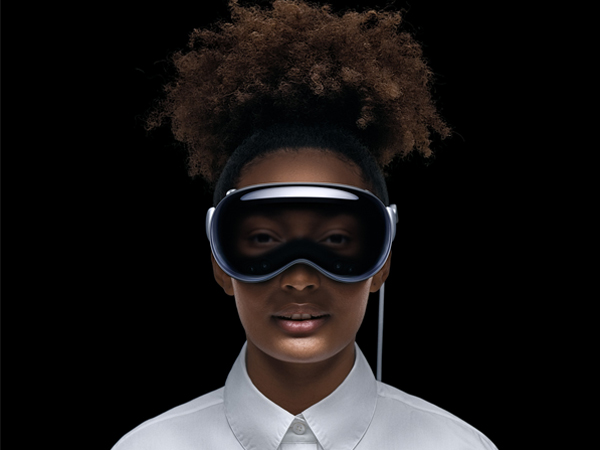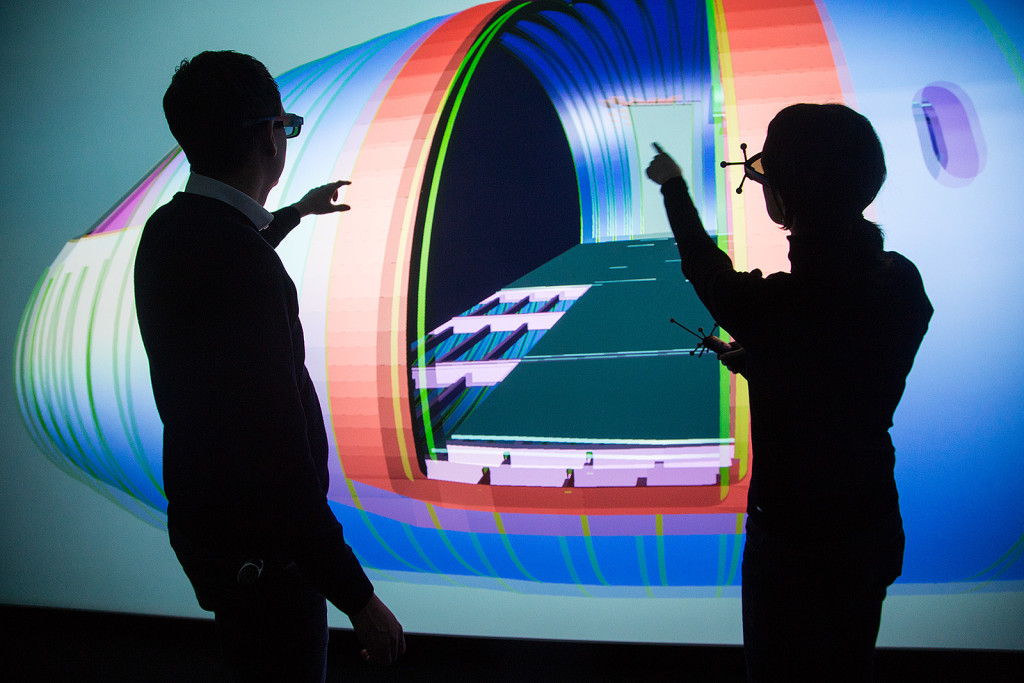The Center of Applied Aeronautical Research (ZAL) in Hamburg wants to be the third in the world dedicated to civil aviation, for which it has a laboratory to play 3D content in 4K and at 120 Hz.
Joint usage of research infrastructures such as the VR laboratory by various partners is part of ZAL’s working concept – in fact, this aim has been made explicit. At the heart of the VR area stands a 4K 3D powerwall, planned and installed by Viscon GmbH, along with an adjacent meeting room in which up to 32 people can experience complex aviation and space travel projects in 3D. Viscon is a long-time Christie® partner and specialises in designing and implementing high-end virtual reality and visual simulation projection systems.
3D projection with an active shutter system
The VR system at ZAL is designed so that a main player can present the displayed objects using a tracking system and thereby interact with them, while the other participants can dive into the virtual world with the help of active shutter glasses and follow events as they unfold. The 6-metre-wide and 3.18-metre-high rear projection screen created by Viscon leaves enough space to display even large objects in their original dimensions. This is particularly important for aircraft construction, since this virtual display does away with the need for creating costly models.
This image size calls for a projector with the highest resolution and light output so that users can still tightly zoom in on and edit the most minute details. A Christie Mirage 304K active stereo projector is used in the lab. At present, this is the only projector in the world that can reproduce native 4K content in 3D with a refresh rate of 120 Hz, thanks to its TruLife electronics.
Eric Küpper, Managing Director at Viscon, explains: “We decided to use the Christie Mirage 304K because it is an extremely high-performance, latest-generation 4K projector and, on top of that, features a modular lamp system. This makes it fail-safe, which is not the case for single-lamp devices. That is very important, since the VR system is used by various different companies, mainly by users without technical training.”
Guido Grun, the VR expert at ZAL GmbH, adds: “Another reason for using the Christie digital projector and an active 3D system was the simple fact that we only need to have one projector here, and still don’t have to make sacrifices in terms of light output or native 4K resolution. Of course, that greatly saves on costs. Dual projection would be necessary for a passive polarisation system.”
Since active shutter systems ‘swallow’ a great deal of light due to the filters and glasses they use, and since the meeting room was also intended to be used as a working space alongside work on the projection, the Mirage 304K projector’s high light output of 30,000 ANSI lumens is also advantageous.
The installation is designed as a cluster system in which the respective partners in the computer network have concurrent access to shared storage and are connected with the server through an LWL switch. Each partner uses their own system for data calculation. “We use TechViz software, which accesses the system’s video memory and distributes the data to two clients,” says Grun. Each client calculates one image, and the overall frame rate is 120 images per second, meaning 60 images are shown to the left eye and 60 images are shown to the right. Catalyst graphics software from AMD and a number of additional programs are also used for 3D visualisation.
The ZAL VR laboratory is not just available to the innovation centre’s internal researchers; external interested parties also have the opportunity to benefit from new technologies and rent the lab. According to Grun, VR is an excellent cross-sectional technology for promoting cooperation between various trades as well as for achieving optimised results within a shorter period of time. This does not just apply for the aviation industry, either. Thanks to the VR lab, the coast is now clear for groundbreaking new discoveries to be made at the Hamburg research and development centre.
